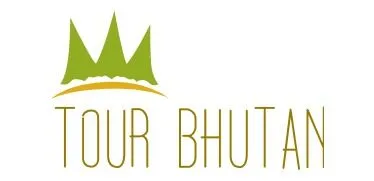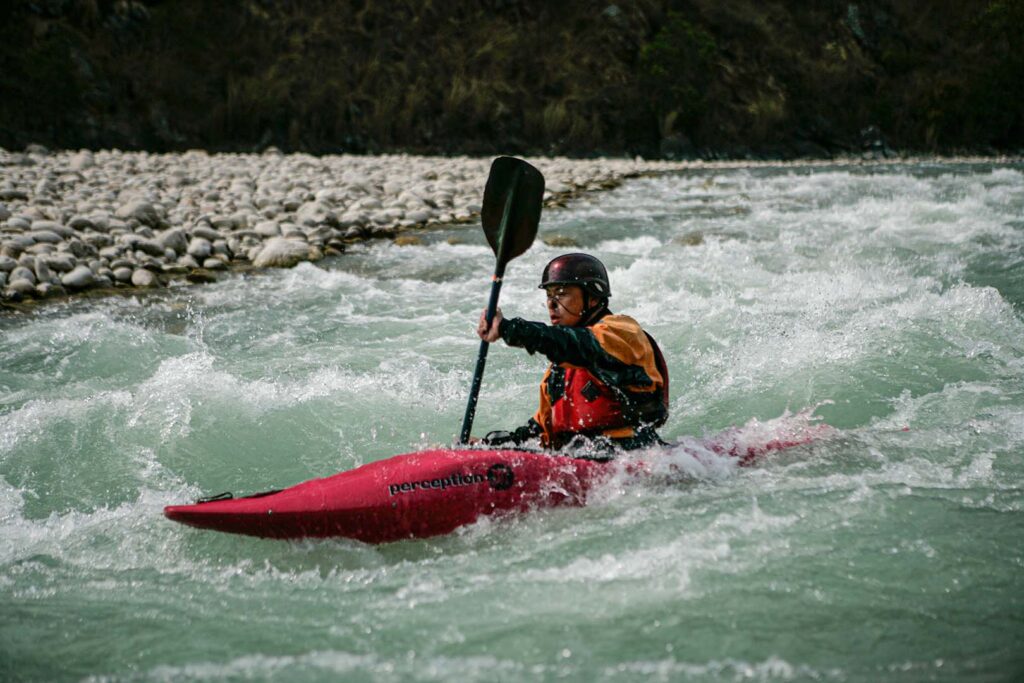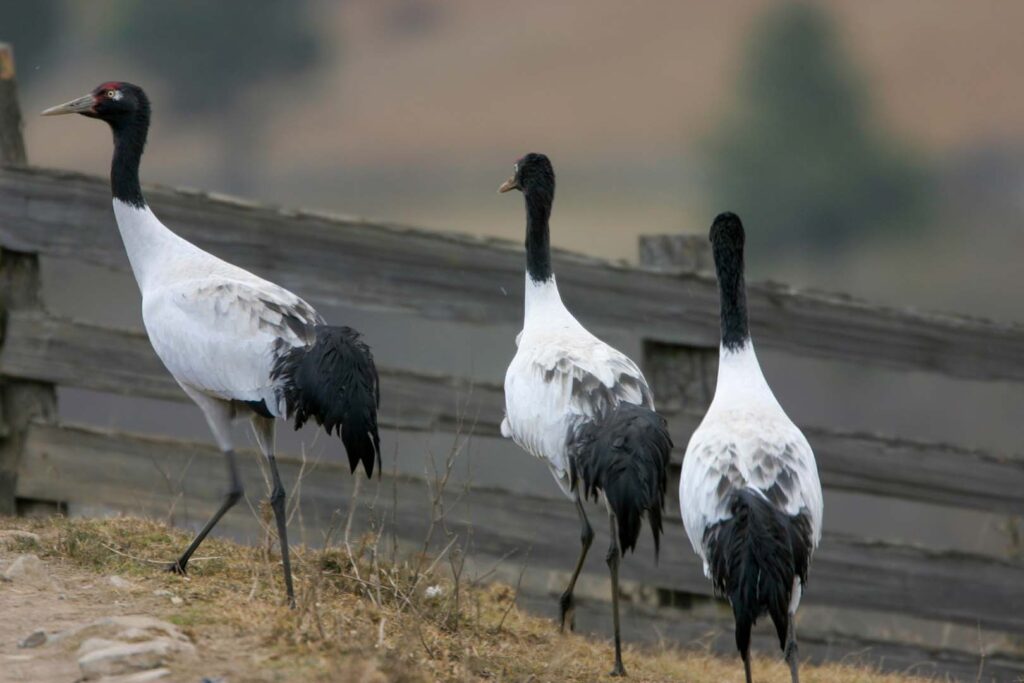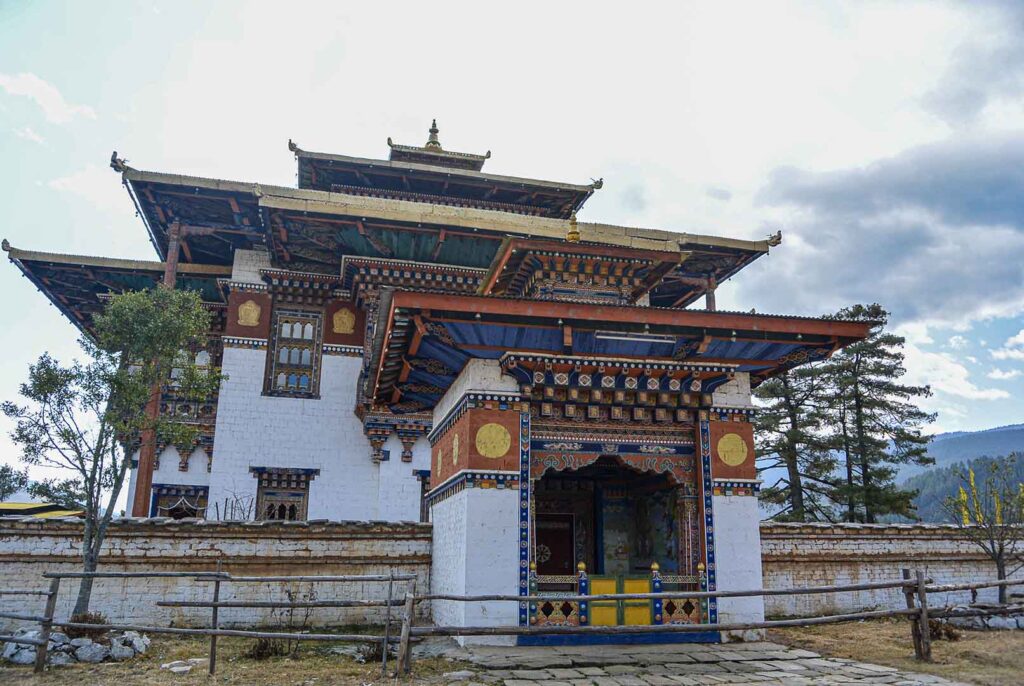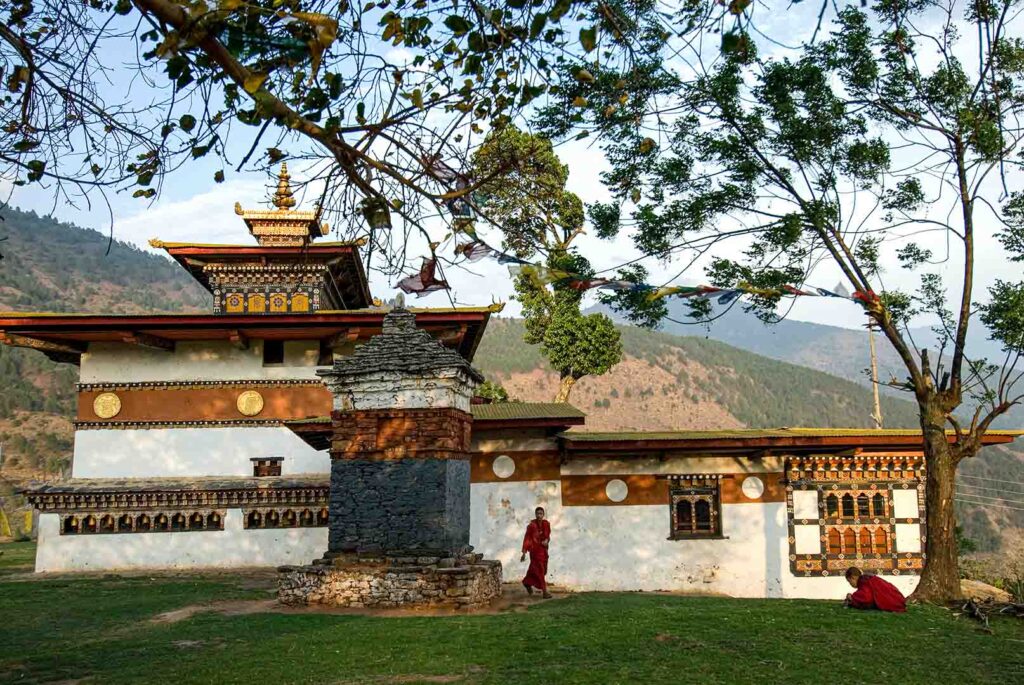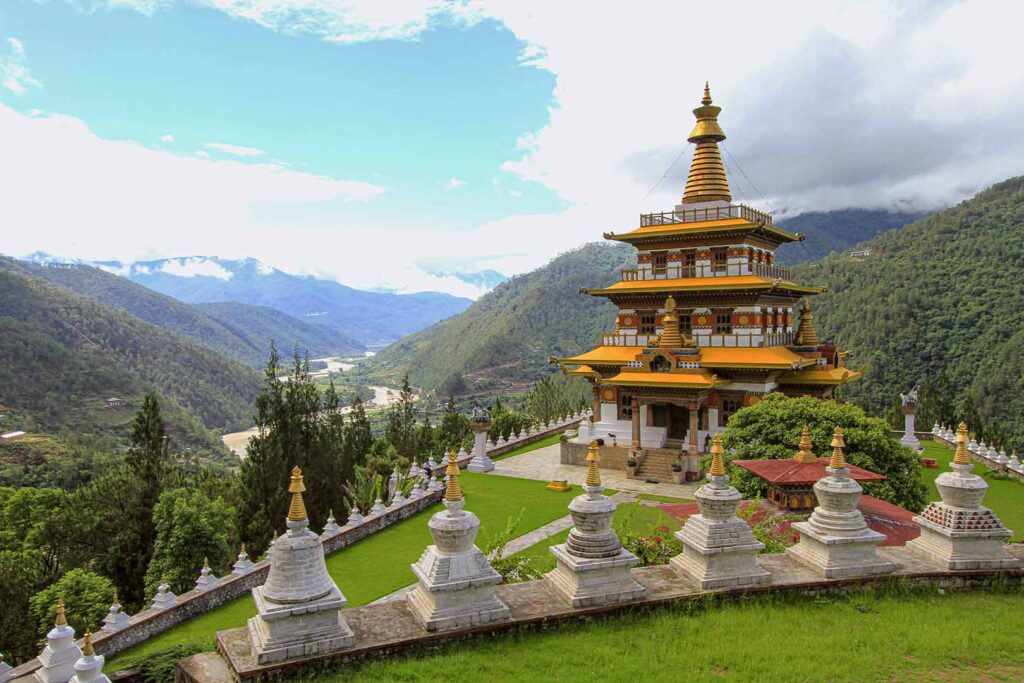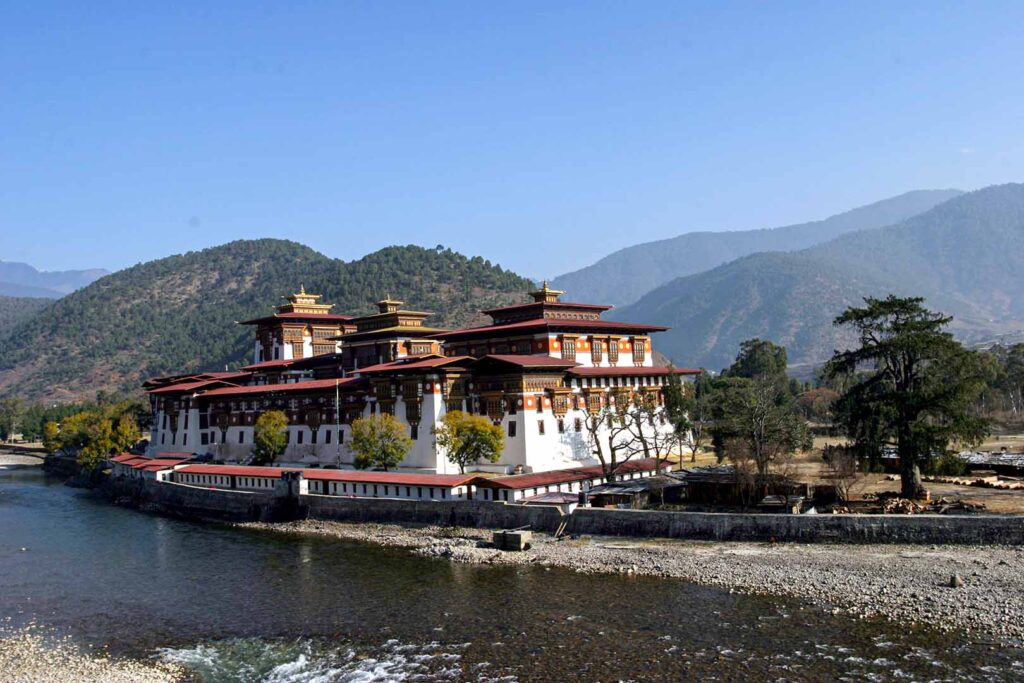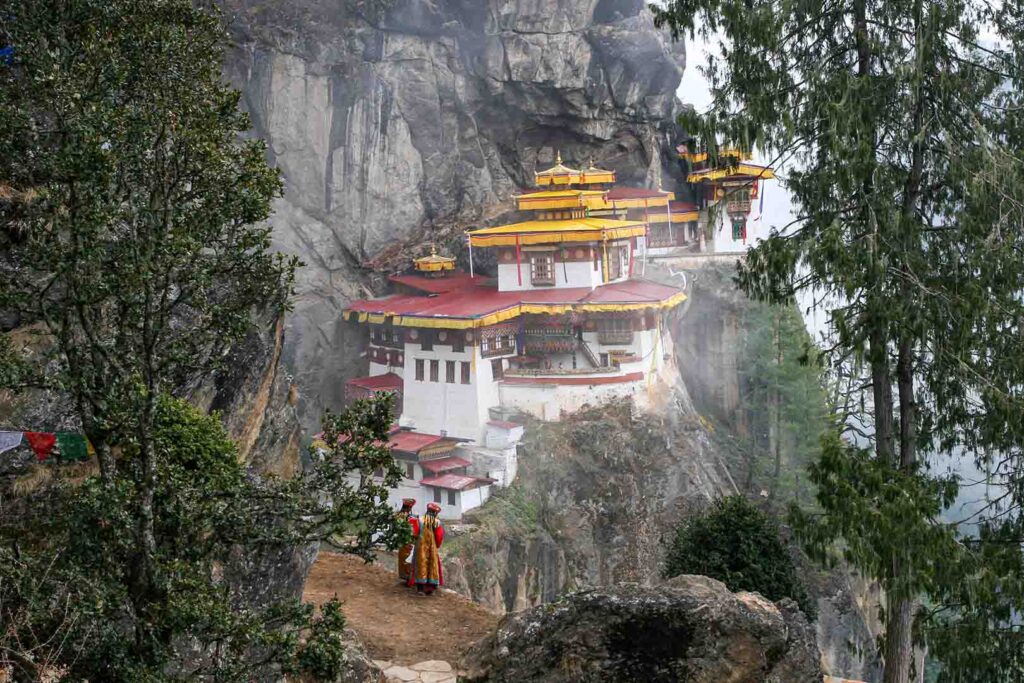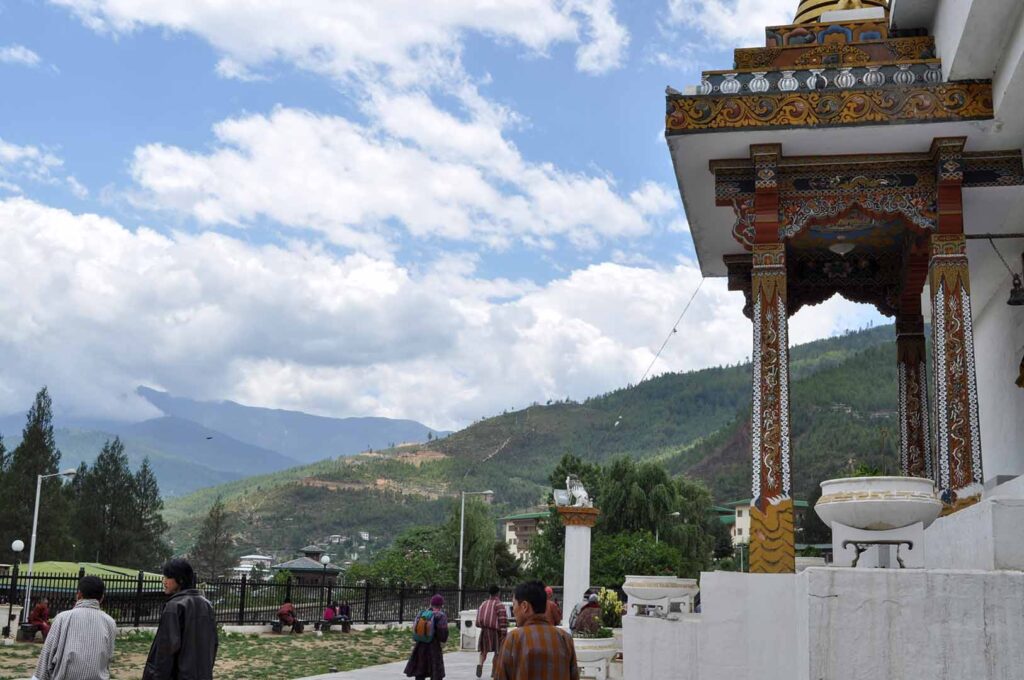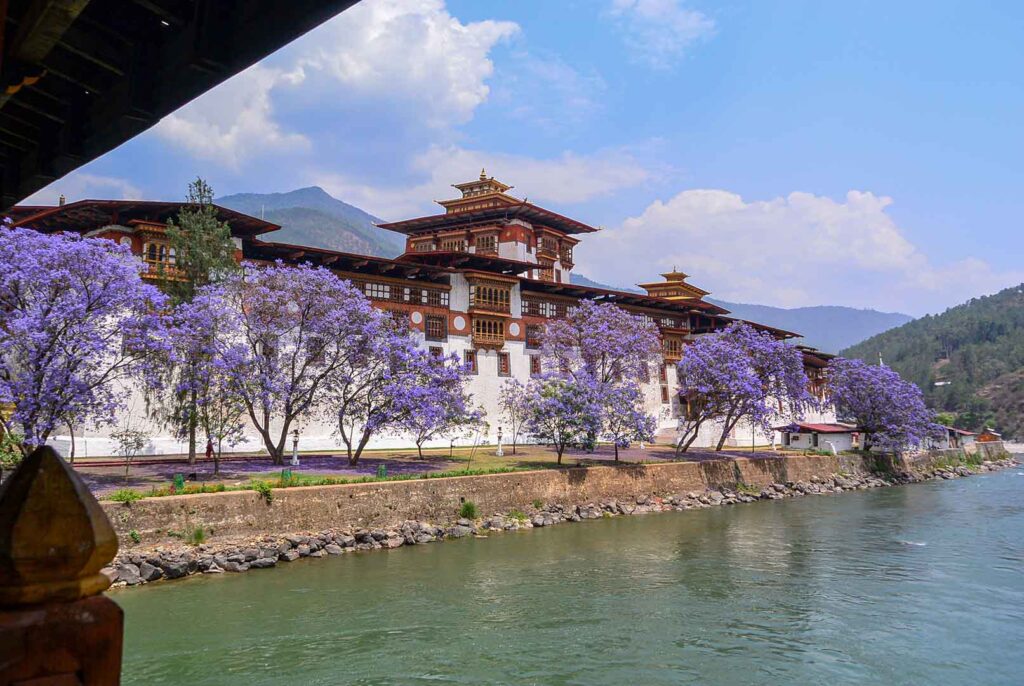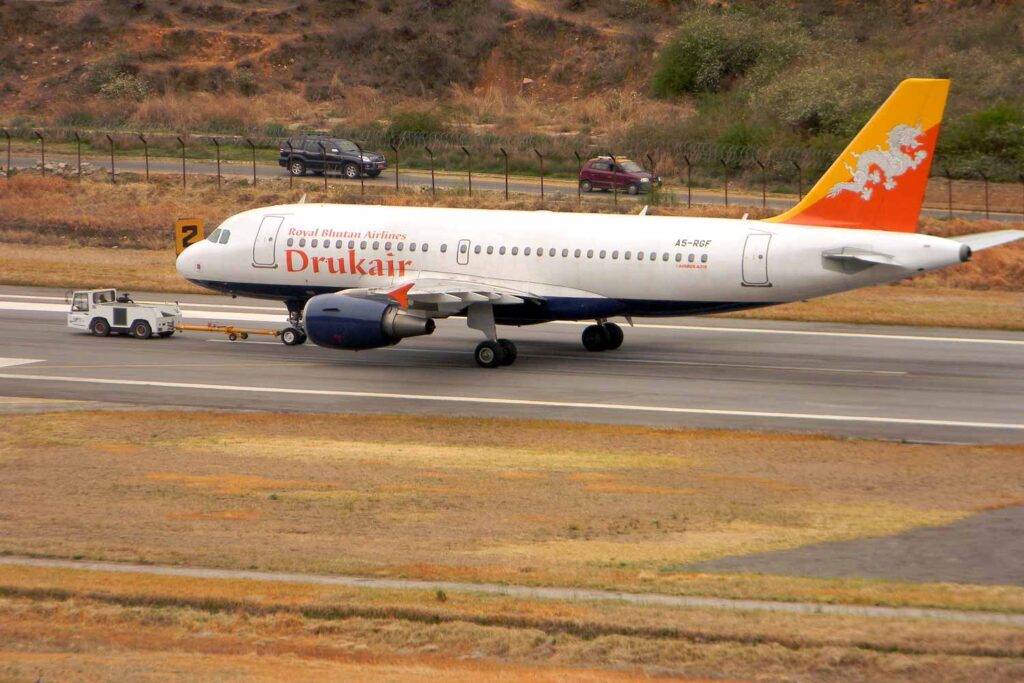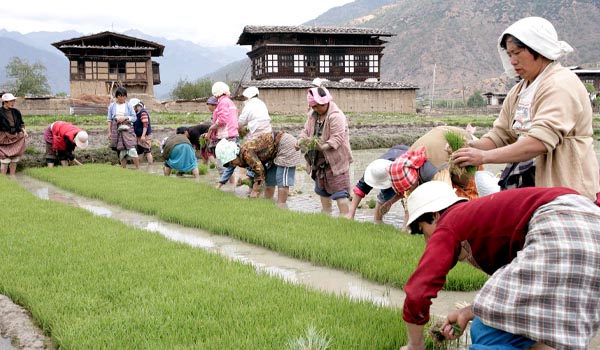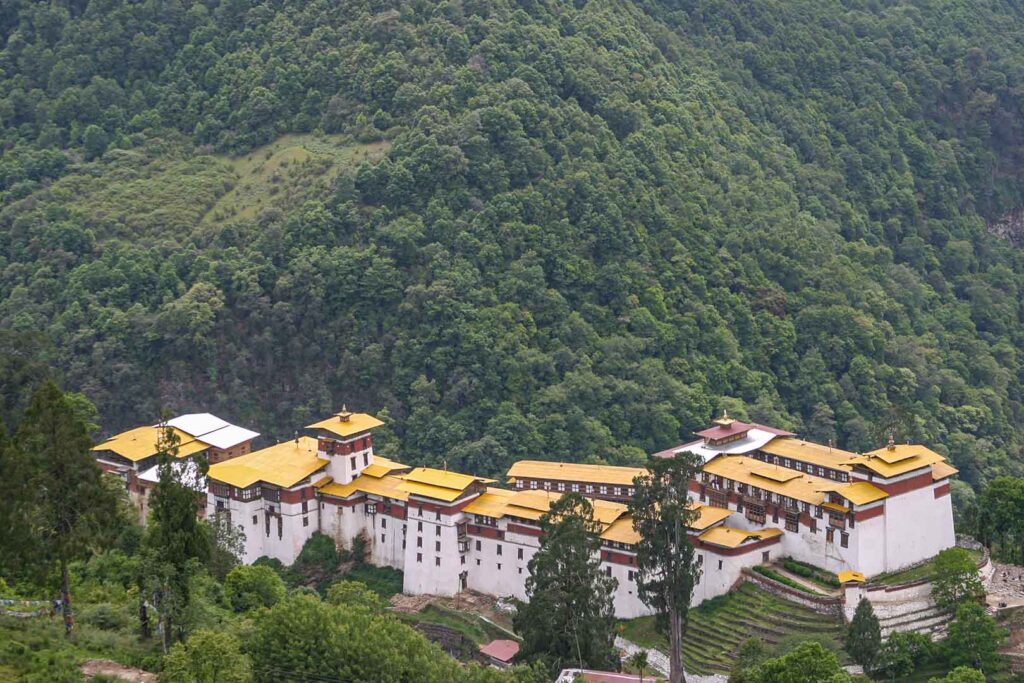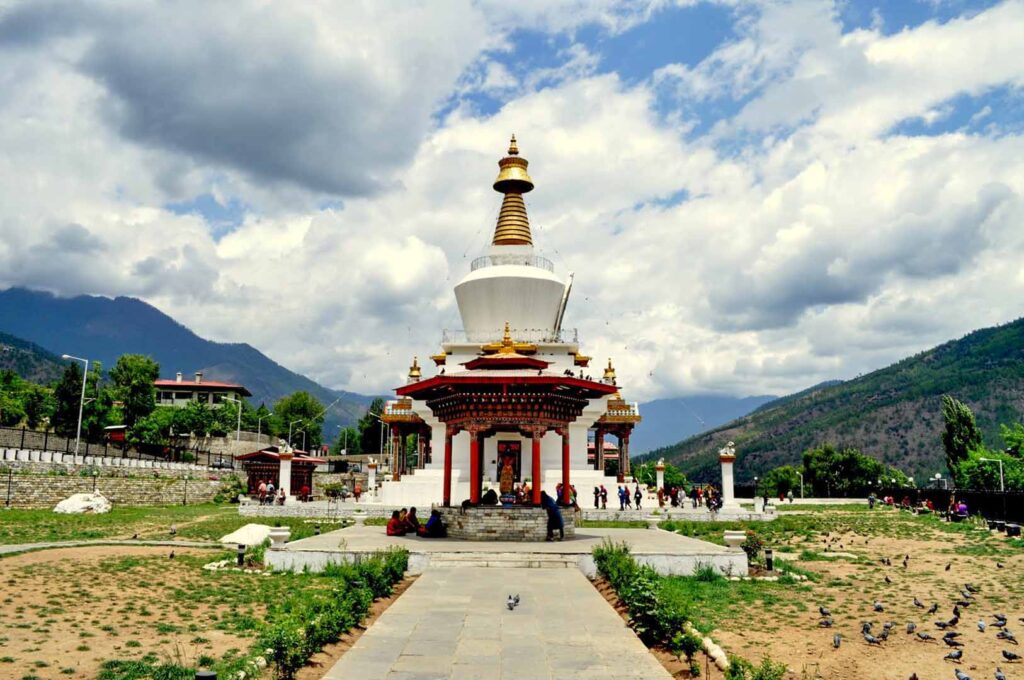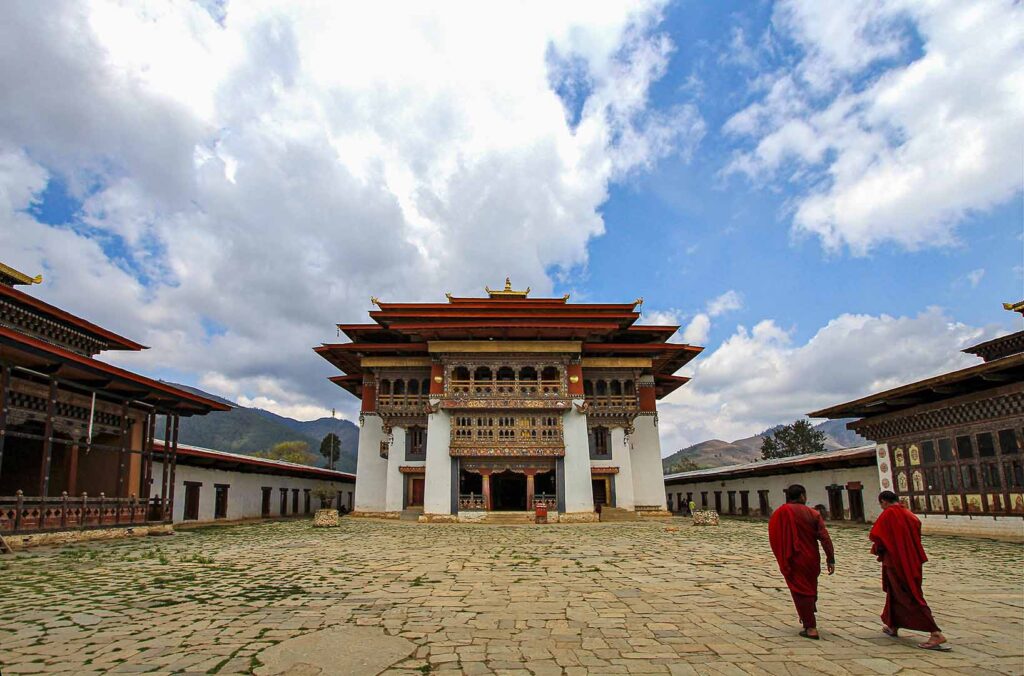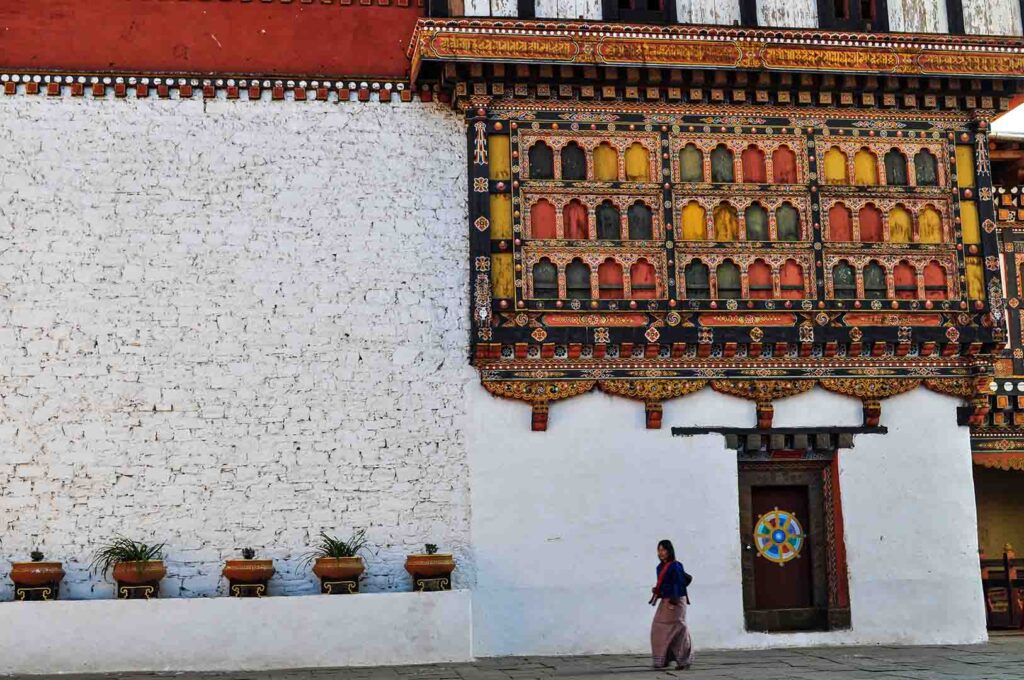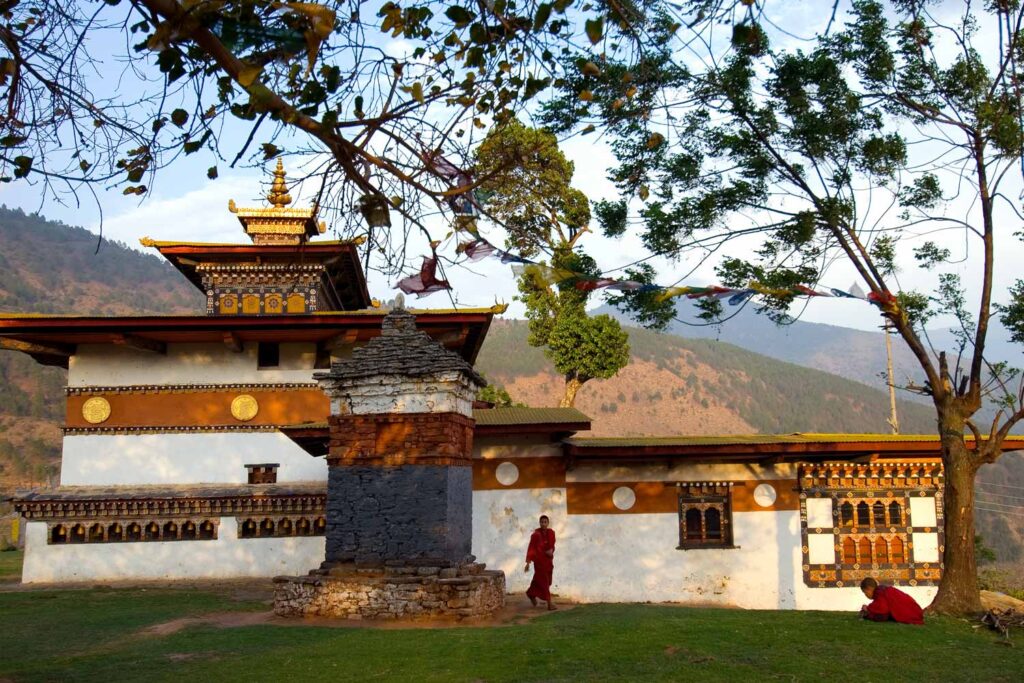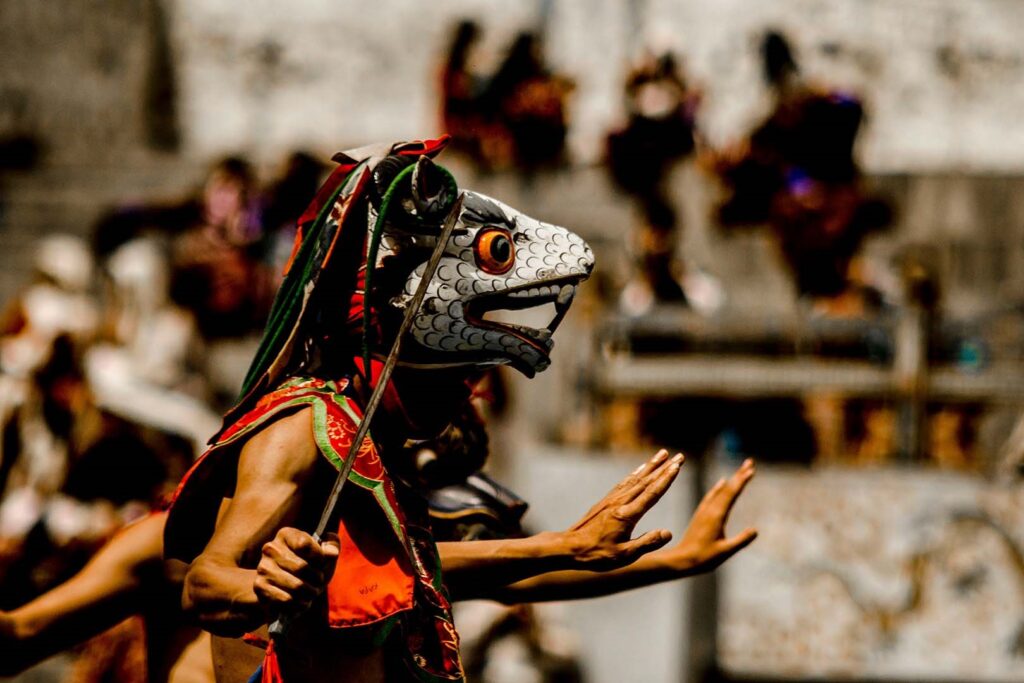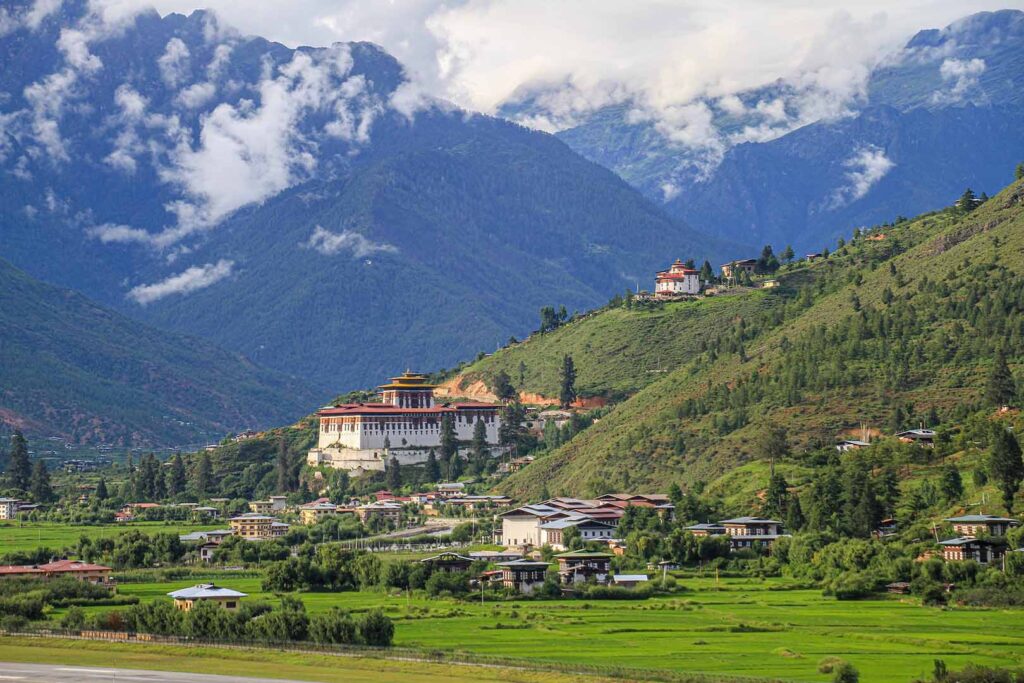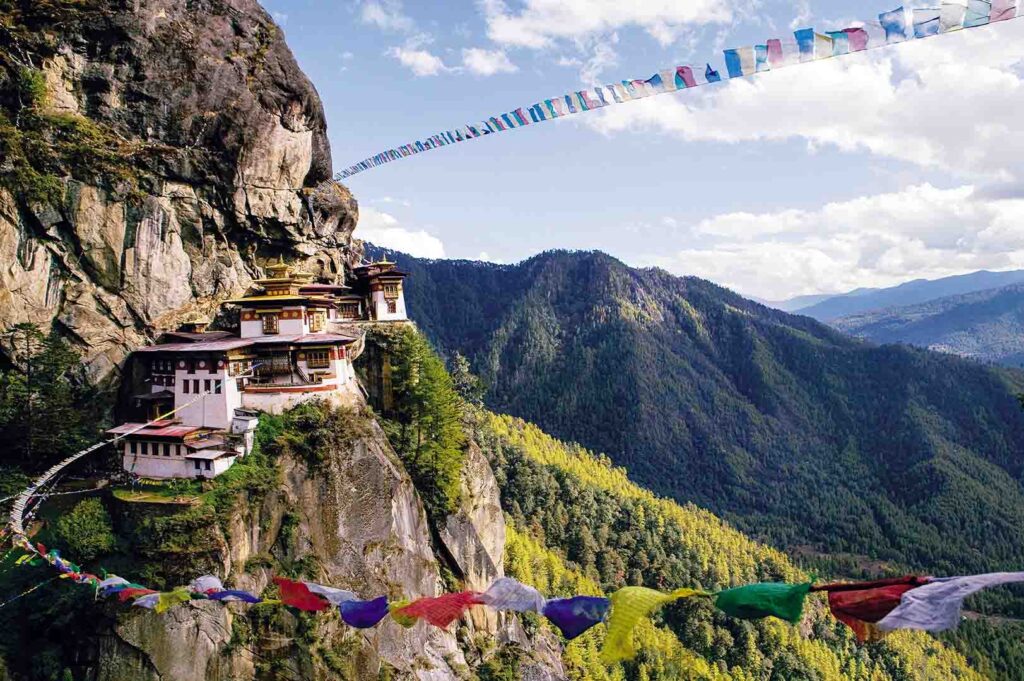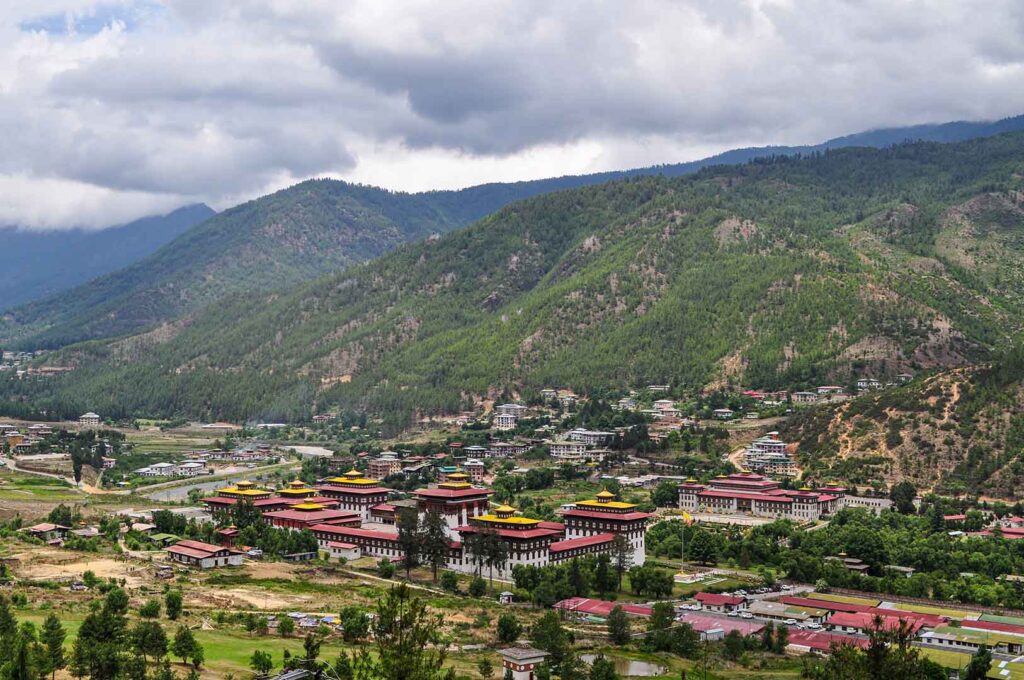Hike the nature trail of Gangtey, and the remote temples of this hidden Himalayan Kingdom, and enjoy the white water river rafting. The most popular one on this tour is a hike to Tiger Nest temple in Paro and the Longest Suspension bridge in Punakha. Join us for a thrilling journey that combines the best of outdoor exploration and cultural immersion, promising an unforgettable adventure in the Land of the Thunder Dragon.
Bhutan Hiking Tour Overview.
In the secluded Himalayan kingdom of Bhutan, spirituality permeates every aspect of daily life, traditional festivals are living manifestations of national faith, and the king decrees “Gross National Happiness” as the standard by which to measure the country’s wealth. Our hiking adventure brings us incredible day hikes to tiny villages, Visiting Dzongs and through magical forests, and up to mountainside chortens (stupas). Along the way, we meet villagers, farmers, and red-robed monks, explore colourful markets and marvel at the Shangri La setting of sublime fortress-monasteries reigning over wooded valleys. Overnights are in lodges, plus two nights in a private riverside camp to experience the traditional culture of the Haa Valley.
Your travel plans should have you arrive in Bangkok/Delhi/Kolkata/Kathmandu at least one day before our flight to Bhutan. Overnight(s) are on your own in Bangkok/Delhi/Katmandu/Kolkata.
Why book this hiking tour with us?
- 24/7 Customer Service
- Handpicked Hotel
- Value for the Money
- Guaranteed Bhutan Visa
- Flexible Tour Itinerary
- Responsible Tourism
Itinerary
Arrive in Paro, Bhutan, from Bangkok/Delhi/Katmandu/Kolkata. Our morning flight brings us to Bhutan’s emerald-green Paro Valley at 7,500 feet, where shrines dot the landscape and graceful willow trees grow along the edge of the Paro River as it winds through fields and farmlands.
Arrive in Paro, Bhutan, from Bangkok/Delhi/Katmandu/Kolkata. Our morning flight brings us to Bhutan’s emerald-green Paro Valley at 7,500 feet, where shrines dot the landscape and graceful willow trees grow along the edge of the Paro River as it winds through fields and farmlands.
After lunch, we head out through idyllic countryside of terraced rice fields interspersed with rhododendron and pine forests as we make a 1 ½ -hour drive to Thimphu, the tiny capital at 7,800 feet. En route, we see our first examples of Bhutan’s remarkable traditional architecture, one of the country’s unique cultural treasures. Even the most remote village farmhouses are hand-crafted using the same ancient methods used to create Bhutan’s religious fortress-dzongs. We gather for a welcome dinner this evening. Overnight Thimphu.LD
A one-hour hike this morning brings us up to Tango Monastery, a monastic school, and retreat built in the 15th century. The monastery is the residence of the Druk Desi Gyaltsen Tenzin Rabgye, a lama who is a reincarnation of the 16th-century monk who founded Tango (tango means horse’s head; the monastery is named for a rock formation on the mountain it is built on). Tango’s inner courtyard is beautifully painted in bright colors, with lovely views stretching across the Thimphu Valley. We descend and head by road to the Bagana bridge for a two-hour hike on a fairly level trail through beautiful riverside villages, with a picnic lunch. Overnight Thimphu…BLD
Total Hiking Time: About 3 Hours
We visit the Arts and Crafts School and Folk Heritage Museum in Thimphu, then head out of town for a spectacular 3-hour drive to Punakha, crossing the Dochu La. At 10,200 feet, the Dochu La is the highest mountain pass in Bhutan, with fluttering prayer flags and more than 100 chortens (stupas) dedicated to
Bhutan’s continued peace and happiness. On a clear day, the pass offers far-reaching views of the Bhutanese Himalayas.
After a hot lunch at a café atop the pass and time to savor the mountain views, we continue our drive to the Punakha Valley via the tiny village of Thinleygang (6,000′), the starting point for our afternoon hike of about 2.5 hours to Lobsakha village. Our hike brings us into a serene region of small villages interspersed with rice and wheat fields, and we may see farmers plowing fields with oxen as we hike along the trail. The forests on the mountainsides are home to barking deer, Himalayan black bear, and wonderful birdlife, from Himalayan barbets to cuckoos.
Our Rafting team will be waiting at Punakha River for exhiliratiing experience during rafting. Rafting boat can accommodate 8 people with 2 rafter and Kayakers guiding the trip. It takes about 1.5 years to complete the boating.
Overnight at Punakha…BLD
Total Hiking Time: About 2.5 Hours
Total Boating Time: 1.5 hours
The village of Nezigang is the starting point for our gradual ascent through cultivated fields and little hamlets to the Khamsum Yuley Namgay Chorten, a shrine recently built by the royal family. The shrine is an elaborate structure with a rainbow of Guru Rimpoche images and superb views of the Punakha Valley. We hike back down and follow ancient riverside trails amid whitewashed farmhouses, with a picnic lunch en route.
In the afternoon, we visit the 17th century Punakha Dzong, Bhutan’s former winter capital, built in 1637 at the confluence of the Mo Chu and Po Chu (the Mother and Father rivers). The Punakha Dzong is an architectural wonder and seat of the head abbot of Bhutan. It has survived six fires, two glacial lake bursts, and an earthquake. This labyrinthine dzong has played a pivotal role in Bhutan’s history and has the official name of Druk Pungthang Decchen Phodrang, which translates as “the palace of great happiness.” Overnight Punakha…BLD
Total Hiking Time: About 4 Hours
A half-hour walks through mustard fields brings us to Chimi Lhakhang (Lhakhang means temple), a monastery and fertility temple dedicated to Lama Drukpa Kuenley, a Tibetan Buddhist saint known popularly as “the divine madman” and considered a folk hero in Bhutan for his unconventional ways. Drukpa Kuenley originally built a chorten on the site in the 14th century. The temple, flanked by nearly 100 tall prayer flags, sits atop a picturesque hill and has long been a pilgrimage site for childless couples.
Later, we drive to the Phobjikha Valley (9,500′), with a visit en route to remarkable Wangdue Phodrang, a 17th century fortress-dzong perched on a spur. We continue to the Phobjikha Valley for overnight at a lodge. Please note that there is no electricity in the Phobjikha Valley, so at our lodge, water is heated by firewood. For lighting, the lodge has generators that run until 10 p.m. Rooms have private bathrooms.BLD
We hike in the beautiful environment of the Phobjikha Valley, with its alpine setting on the western slope of the Black Mountains. The gold-roofed Gangtey Monastery (currently closed and undergoing renovation) sits on a prominent hilltop in the valley. The vegetation in this high-altitude glacial valley includes mixed forests of pine and rhododendron, with thick, brushy grasslands on the valley floor. *A flock of 200-300 black-necked cranes (Grus nigricollis) migrates to this valley from Tibet to spend the winter foraging of the valley floor. In Bhutan, the cranes are considered harbingers of good luck and have long been respected by the residents of the valley. The cranes’ arrival signals to villagers that it’s time to pack up and move down to lower, warmer climes since the valley is snowed-in during the winter months. Overnight at lodge…BLD
Total Hiking Time: About 3 Hours
Note: The cranes arrive some time around late October and stay through roughly mid-February. As migration patterns and timing varies each year depending on seasonal onditions, we cannot guarantee that the cranes will be in Phobjikha at the time of our visit. With luck, our November departures may see them.
Drive brings us back to Thimphu, recrossing the magnificent Dochu La Pass with lunch on the pass. This afternoon is free for independent exploration in Thimphu. Overnight Thimphu…BLD
The valley is set at about 9,000 feet in westernmost Bhutan and dotted with traditional farmhouses adorned with traditional painted motifs. Three prominent hills dot the valley and are believed by the locals to be the physical manifestations of three very important Buddhist saints. The left-hand hill represents Manjushri (the god of wisdom who holds the flaming sword that cuts the knot of ignorance), the middle one is Chenrizig (the Buddha of compassion, of which the Dalai Lama is the human incarnation), and the right hand hill is Chana Dorji (the protector god of Bhutan). Collectively they are known as rigsum (three hills).
After a picnic lunch along the river, we visit Lhakhang Karpo (“temple of the white dove”) and Lhakhang Nakpo (“temple of the black dove”), believed to have been built in the 8th century by the Tibetan king, Songtsen Gampo, after he sent two doves (one black and one white) to find a sacred place to build a monastery. Another legend tells how the local nomads erected the temples in a single day—hence the name of the valley, Haa, meaning “sudden.” The Lhakhang Karpo houses around 120 monks and is one of the oldest buildings in Bhutan. We continue to our campsite at Yongto at 8,760 feet.
We camp tonight and tomorrow night in large, walk-in tents with cots. Our staff prepares our dinner. At camp, we can set up a rustic hot-stone bath for those who wish to enjoy a relaxing soak. Overnight at camp…BLD
After breakfast in camp, we hike along the banks of the Haa River toward the Chumbi Valley. En route, we visit Gechukha Lhakhang temple and several villages. From the temple, a steep uphill hike of about 1,200 feet brings us up to Jamtey Gompa (10,500′). We enjoy our lunch here. In the afternoon we visit Yangto Gompa, one of the largest in the Haa Valley, and hike down to Yangto village for an opportunity to meet the locals, perhaps sample some butter tea or the local wine. We continue our hike back to our camp at Yongto. This evening, villagers from Yongto visit us at out camp to share their traditional dances. Overnight at camp…BLD
Total Hiking Time: About 5-6 Hours
We hike gradually up through beautiful rhododendron and pine forests to Motori Ridge (10,000′) for spectacular views across the Haa Valley, then descend to Damothang meadow through beautiful pine and rhododendron forests. We continue on foot to Karsho Gompa, visiting this lovely monastery and enjoying lunch at a traditional farmhouse. After lunch, we descend to Kartsho village and Wangtsa village on our way to Rigsum Lodge, set above Haa town…BLD
Total Hiking Time: About 5-6 Hours
We hike up through pine forests festooned with Spanish moss to reach the striking monastic retreat of Taktsang, the “Tiger’s Nest,” built into a sheer cliff face about 2,700 feet above the Paro Valley. This is the most famous temple in Bhutan. Padmasambhava, the great 8th-century Buddhist saint, and
teacher, is thought to have landed at this spot after flying over the mountains from Tibet on the back of a tigress, thus bringing the teachings of Buddhism to Bhutan. The primary temple was built around Padmasambhava’s meditation cave in 1684. We enjoy our lunch en route at a teahouse midway with
fantastic views of the monastery. Tonight we gather for our farewell dinner. Overnight in Paro…BLD
Total Hiking Time: About 3 Hours
After breakfast, we transfer to Paro Airport for homeward-bound flights via Bangkok. Flights typically arrive in Bangkok between 1 p.m. and 5:30 p.m…B
